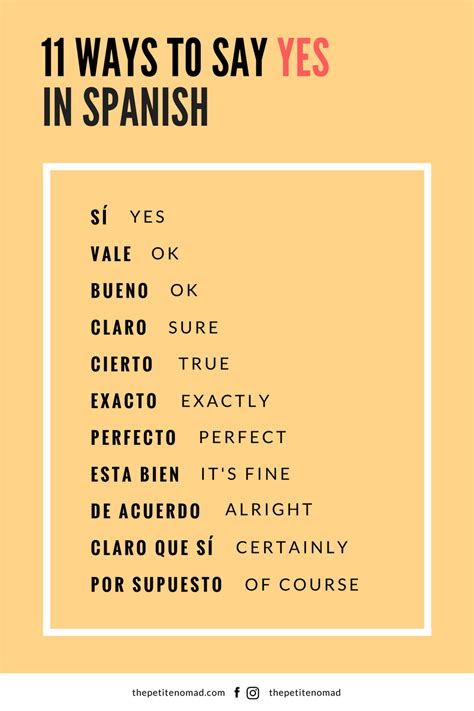How To Say "To" in Spanish: A Comprehensive Guide
Learning a new language can be challenging, but mastering the small words often makes the biggest difference. One such word is the versatile preposition "to." In Spanish, there isn't one single perfect equivalent for "to," as its translation depends heavily on context. This guide will break down the various ways to say "to" in Spanish, helping you navigate this common grammatical hurdle.
Understanding the Nuances of "To"
Before diving into the translations, it's crucial to understand the multiple roles "to" plays in English:
- Direction: Indicating movement towards a location.
- Indirect Object: Showing the recipient of an action.
- Infinitive Marker: Used before a verb to form the infinitive.
- Purpose: Expressing the reason or goal of an action.
- Time: Indicating a point in time.
Common Spanish Translations for "To"
Here's a breakdown of the most frequent Spanish translations for "to," categorized by their function in English:
1. "A" (To – Direction/Location)
This is the most common translation for "to" when indicating direction or destination.
- Example: I'm going to the store. (Voy a la tienda.)
- Example: The letter is addressed to John. (La carta está dirigida a John.)
2. "Para" (To – Indirect Object/Purpose)
"Para" is used when "to" indicates the recipient of something or the purpose of an action.
- Example: This gift is to you. (Este regalo es para ti.)
- Example: I need a pen to write. (Necesito un bolígrafo para escribir.)
3. "Hasta" (To – Reaching a Point/Time)
"Hasta" translates to "to" or "until" when indicating a limit or endpoint, either in space or time.
- Example: Walk to the end of the street. (Camina hasta el final de la calle.)
- Example: I'll work to five o'clock. (Trabajaré hasta las cinco.)
4. No Translation Needed (To – Infinitive Marker)
When "to" precedes a verb to form an infinitive, it often doesn't require a direct translation in Spanish. Simply use the infinitive form of the verb.
- Example: I want to eat. (Quiero comer.)
- Example: She needs to study. (Ella necesita estudiar.)
Context is Key
The best way to choose the correct translation is to carefully consider the context of the sentence. Ask yourself what role "to" is playing in the English sentence. Is it indicating direction, purpose, an indirect object, or something else?
Practice Makes Perfect!
The best way to master these translations is through practice. Try translating sentences using the different forms of "to" and its Spanish equivalents. The more you practice, the more naturally you'll choose the right translation in any given situation. ¡Buena suerte! (Good luck!)
